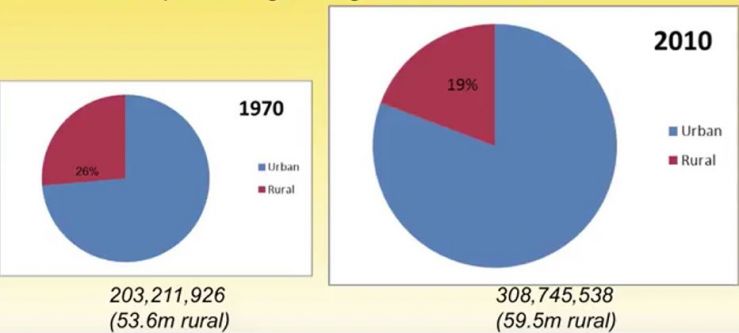Is Rural America Dying? Don't let the visuals fool you
Part 2 of a Brain Gain By Marijo Vik www.normancountynewsonline.com
“There was a quote from a newspaper in northern Minnesota,” Winchester said. “It said, ‘Our post office is being closed and it’s the social hub of our community.’ I think there’s some liberties taken to say your post office is the social hub of your town.”
“When a reporter or author goes to a small town in the afternoon, who are they going to meet?” Winchester asked. “They’re not going to meet the people who are working. They’re probably going to meet the people who are retired. And they’re having coffee together in the café/convenience store/hair stylist/car sales location.”
And what is their narrative?
“A lot of these changes we witnessed happened in urban areas, too,” Winchester said. “When a hardware stores closed on Main Street in a small town, it’s much more visually apparent to you than when your hardware store closes in White Bear Lake, a suburb of the Twin Cities metro area. When a hardware store closes there, you still have five other options. You probably have three ‘big boxes’ plus two independents. These changes we’ve witnessed are not distinctly rural. There are no characteristic of ‘rural’ that caused this to happen. There are economies of scale, these are globalization, these are situations that impact us all.”
Winchester looked at the data. “From 1970 to 2010, rural population increased by 11 percent but the relative percentage living in rural areas decreased.”

The number of people living in rural areas increased from 53.6 million to 59.5 million.
“That goes against the negative narrative which is all about decline,” Winchester said.
Winchester said, “When we do work more in-depth, we find that certain age groups leave. So when you’ve got a lot of children leaving your small town after high school graduation, and you’ve got anywhere from 30 to 50 percent who leave, that’s not new. It’s happened from the beginning of time.”
To complicate data gathering and reporting, some formerly small towns have become urban or regional centers. Those new urban centers tend to have higher home values and incomes, so when you removed the ‘top end’ of your data, your mean will go down.
“So now you’ll see headlines about ‘Rural Incomes Decline’,” Winchester said. “The incomes didn’t actually go down, but the methods used to calculate them led to a conclusion that rural incomes went down as well as home values. So all these statistics are problematic because they don’t account for the changes that occurred in the resident population.”
“What stood out to me is the mobility of our population,” Winchester said. “In any five year period, anywhere from 41 to 44 percent of all people in your state moves. It varies by age, but at the same time it shows how mobile our populations are. There are a lot of opportunities to capture the movement of these people. When people graduate from high school, they generally go to the metro. Then they have a spouse and children and they make a move, make a move, make a move.”
Winchester said, “We do know there is a ‘brain gain’ going on because 30 to 49 year olds are moving into our rural communities. And sometimes that doesn’t make up for high school grads that are leaving, or the seniors who are moving closer to their children or hospital facilities.”
“This narrative needs to be balanced between the senses of loss with the gains,” Winchester said.
“In some ways, rural is thriving. People have been attracted to rural living since the 70s,” Winchester said. “This isn’t new, but there are less than six people who have published anything about this population gain.”
“Even in 75 percent of the rural counties that lose people overall, there’s still this brain gain,” Winchester said. “So we’re losing our high school kids with a high school education but the people who move into these communities have careers, life experience and families and we’re gaining. So whether you call it ‘brain drain’ or ‘brain gain,’ it’s basically ‘brain circulation.’ From a social capital perspective, it’s vital that you encourage migration to and not from.”
Pew Research Center did a study in 2008 and found that 51 percent of the American population wants to live in a small town or rural setting.
“So we need to reframe this rural migration,” Winchester said. “We need to try some things and there hasn’t been a concerted effort.”
The next part of the series will focus on Recruitment verses Retention.
###
